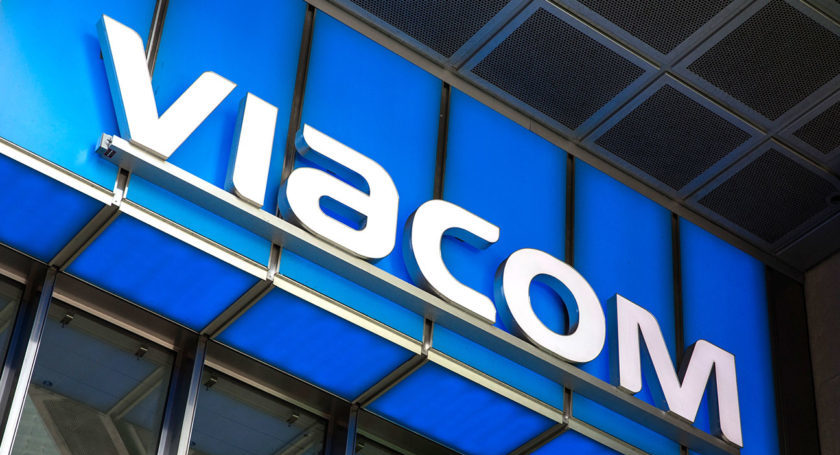M+E Connections

Viacom CEO: U.S. Pay TV Market Still Desperately Needs Sub-$40 OTT Bundle
Story Highlights
The U.S. TV market continues to desperately need a skinny over-the-top (OTT) TV bundle priced under $40, according to company CEO Robert Bakish.
The market is still “in a transition where certain elements have yet to emerge,” he told the Goldman Sachs Communacopia Conference in New York Sept. 13, citing a sub-$40 entertainment pack as one of those key elements.
The two main reasons that we’ve seen “very little” traction for skinny TV bundles thus far are that the $40 or so cost for those relatively new services is “not a paradigm change in price which can bring new people in, particularly people that have lots of other budget constraints” and they are “built around broadcast and sports,” he said. Traditional, large TV bundles have mainly cost $80 and more in the U.S., he noted.
“We still don’t have a lower entry point here” in the U.S. like the sub-$40 TV entertainment pack that Viacom has called for, he said. This is despite significant data that shows many consumers would like a TV bundle without sports, he said.
Nevertheless, he said: “We are highly confident that a product will exist at this [sub-$40] price point in the U.S. in this calendar year, and we think that is a positive catalyst for pay TV and certainly for Viacom given” its strength as an entertainment company. It will still “take some time to have a material impact on the industry,” he predicted.
“The ship has sailed on everyone having a $100 bundle,” Bakish said Aug. 3 on Viacom’s earnings call for the third quarter. “Many consumers want lower-priced options, including options below $40,” and Viacom intends to be a “core part of that offering,” he told analysts at the time. He predicted then that such “low-priced entertainment packs will be a reality,” and will be a “critical development in the arc of pay TV subscriptions” that “will be a positive development for Viacom.”
There are now five virtual multichannel video programming distributors (MVPDs) fielding skinny TV bundles in the U.S., and Viacom’s networks are carried on two of them: Dish Network’s Sling TV and DirecTV Now.
Sling TV is the largest of the MVPDs so far in terms of subscriber base, Bakish told the Goldman Sachs conference. While DirecTV Now “launched with some challenges, I think those bugs are settled out and that’s an important platform that we’re very well represented on,” he said.
Viacom continues to be in discussions to be on a broader set of the MVPD services and Viacom is “excited about the opportunities,” he said.
Viacom, meanwhile, continues to make progress on its strategy to revitalize its core entertainment brands, he said. It’s still the “early innings of a Viacom that’s clearly coming back to life,” he said, adding there’s already been promising signs on the distribution, audience and advertising sides of the equation, as well as “momentum” in the international part of its business.









